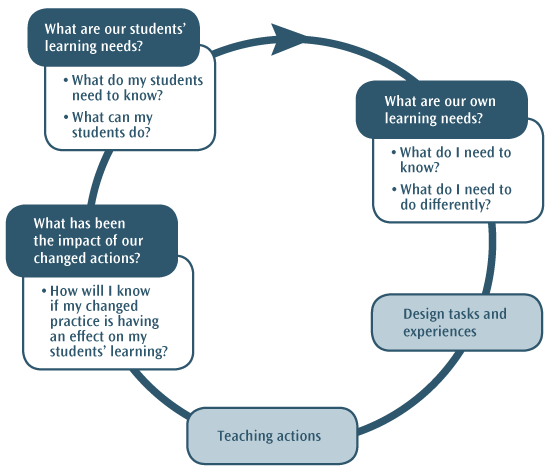This are the answers to questions from the book "Learning Teaching" by Jim Scrivener.
Jim Scrivener
1. How can we raise student awareness about how students can best learn and help them find more ways of learning English more effectively and productively? Exemplify this through the lens of a student and a prospective ELT practitioner.
I think that
it´s a difficult and complex question, so this is my point of view as an ELT
practitioner.
First of all,
it is important to take into account the role of a teacher in the classroom because he
has to facilitate all the content in an easy, and effective way; moreover, he
has to apply all the knowledge he has learnt from his teachers and tutors in
the classroom with enthusiasm, so it is an important task to create awareness
in every student by using learner training. For example: I am teaching in
seventh grade "E" in INSA, and none of them use a dictionary, they
are not accustomed to using one, even scarcely six of thirty five do not have
the English book.
On the other
hand, the teacher has to encourage them to find more effective ways of working,
so that they continue learning by doing, even when away from their classroom
and teacher, furthermore, the teacher should integrate or include study-skills
work.
For example:
If the
students are translating a paragraph, I have to incorporate an activity
according to the topic such as a reading, a dialogue, a brainstorm, etc.
Then, let the
students into the secret is another important step. Sometimes a surprise can be
a great goal for student, but it is necessary to tell them before a lesson
what´s going to happen and why. At the end of the activity or lesson, the
teacher can review not only the content, but also the way what it was studied.
For example:
As a homework,
you can tell them the procedure, and encourage them to use an online translator
for understanding new vocabulary and its correct pronunciation.
Finally, the
third and last step is discuss process as well as content and procedure. It
consists in clarify ideas, and explains contents and methodology, besides it
gives them a space to express their points of view about the lesson, process,
etc.
2. How would you
deal with error correction in your classroom (s)?
In my case,
dealing with error correction depends on what kind of error has been made?
For example:
If they have an oral activity, I listen to them carefully and collect a list of
overheard errors, so at the end of the activity, I provide the mistakes with
their correct pronunciation without saying who made the mistakes.
This video is related to error correction.
This video is related to error correction.
Another
example is: When they have a written test I write the correct answers to the
grammatical errors.and so on.
3.What seems to
be more difficult: Teaching teens or teaching large classes? Reason your answer
and think outside the box, please. Create a Venn diagram as well. (15%)
I think that
teaching teens is more difficult because I have to identify their needs, and pay
attention at their different ranges and levels of English because they have
different awareness, moods, abilities, and ways for learning.
This video is related to Teaching Large Classes.
This video is related to Teaching Large Classes.
Although they
have a strong enthusiasm, motivation, and several points of view. They need a
good roots for their majors. Besides they have many intrinsic and extrinsic
distractions and motivations, for instance: they loose easier their emotional
stability, and the teacher may be able to know their personal behavior, for
teaching in a playful manner, and creating a good classroom atmosphere;
moreover, he has to encourage them to participate in every entertainment activity
for drawing their attention.
On the other
hand, I have taught in large classes, and the class has been divided in small
groups for teaching better.













